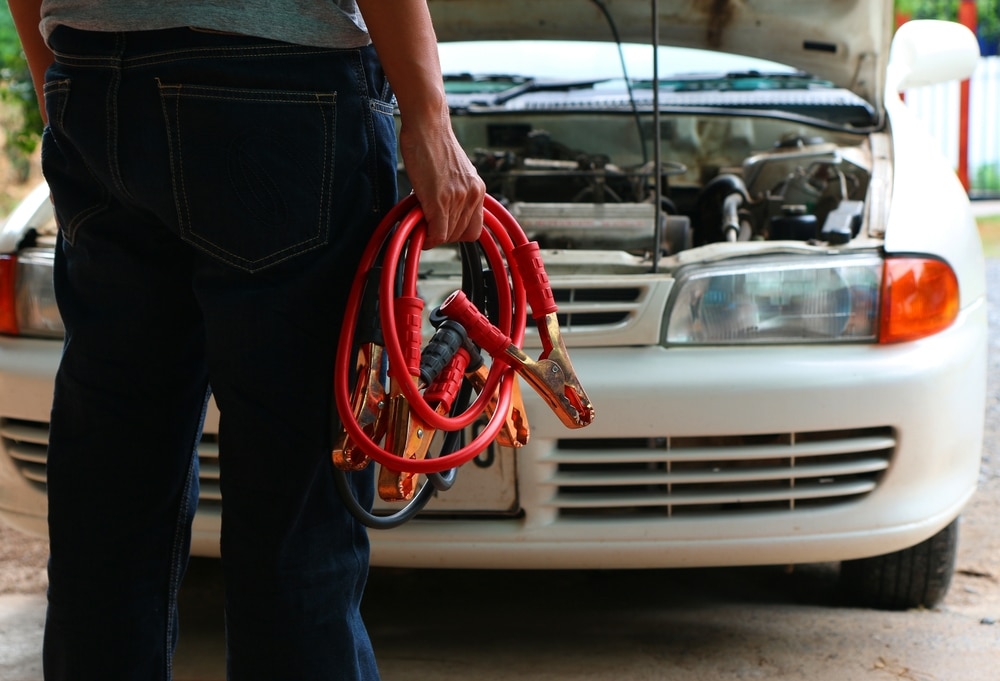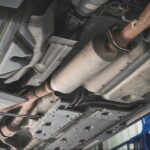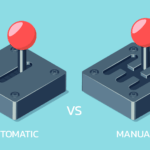There’s nothing more frustrating than getting into your car, turning the key (or pressing the button), and hearing… nothing. A dead battery is a common issue for drivers, but when it happens more than once, it’s a sign that something deeper might be going on under the hood.
If you’ve had to jump-start your car more than a couple of times lately, here’s what you need to know about what’s causing it—and what it could mean for your vehicle’s health.

It Could Be Your Battery’s Age
Car batteries typically last three to five years, depending on the type of battery, climate, and driving habits. As a battery ages, its ability to hold a charge diminishes. If your battery is approaching the end of its lifespan, it may simply be time for a replacement.
A quick battery test can determine whether it’s still holding a full charge or if it’s on its last leg. At Ken’s, we offer battery diagnostics to help you know for sure.
A Parasitic Drain Might Be the Culprit
Even when your car is turned off, some components continue to draw a small amount of power (like the clock or security system). But if there’s a malfunctioning electrical component—like a stuck relay, faulty switch, or short circuit—it could be pulling power from your battery 24/7. This is called a parasitic drain, and it can kill a battery overnight.
Common culprits include:
- Glovebox or trunk lights staying on
- Faulty aftermarket accessories (like stereo systems or dash cams)
- Malfunctioning control modules
Parasitic drain issues can be tricky to pinpoint without professional diagnostics, which is where our trained techs come in.
Your Alternator Might Be Failing
Your car’s alternator is responsible for charging the battery while you drive. If the alternator is starting to fail, it may not be replenishing the battery’s charge—especially during short trips or heavy electrical use.
Signs of a weak or failing alternator include:
- Dim or flickering headlights
- Electrical issues (radio, windows, dashboard lights)
- A warning light on your dashboard (often shaped like a battery)
If your alternator isn’t working properly, your battery is basically running on borrowed time.
Loose or Corroded Battery Connections
Sometimes the issue is as simple as a bad connection. Corrosion on the terminals or a loose cable can disrupt the flow of electricity between your battery and your car’s electrical system. Even a fully charged battery can fail to start your car if it can’t send power where it’s needed.
At Ken’s, we inspect and clean your battery connections to ensure optimal performance.
Cold Weather and Short Drives
Frequent short trips can drain your battery without giving the alternator time to recharge it. Combine that with cold weather—which slows your battery’s chemical reactions—and you’ve got a recipe for repeated dead batteries.
Letting your engine run for longer stretches during cold spells can help your battery stay in better shape.
Let Ken’s Diagnose the Real Issue
If your battery keeps dying, don’t just keep jump-starting and hoping for the best. It’s often a sign of a bigger issue that could leave you stranded when you least expect it. At Ken’s Automotive & Transmissions, we’ll run a full battery and electrical system check to get to the root of the problem—so you can drive with confidence.
Schedule an appointment today, and let us help keep your car reliable, safe, and ready for whatever’s next.







